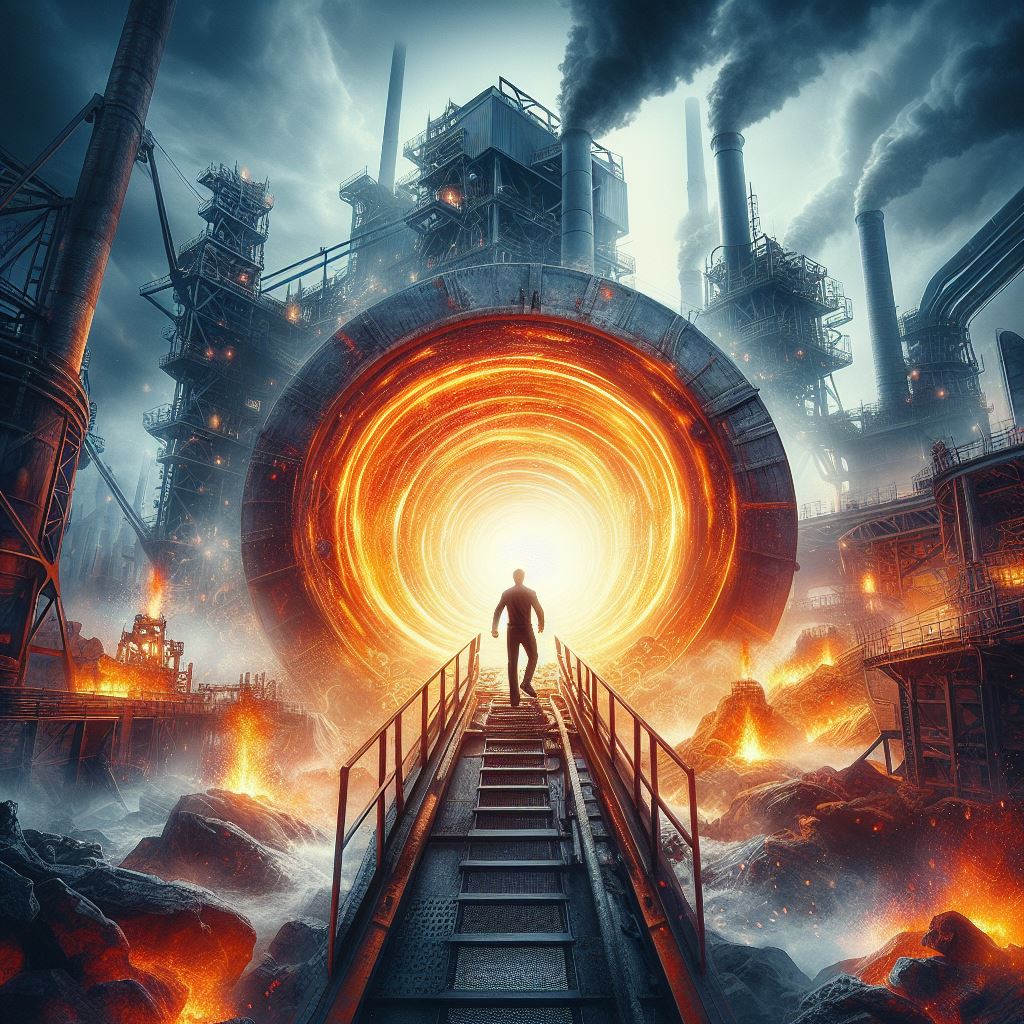Introduction:
In the realm of heavy industry, few sectors hold as much significance as the steel industry. Steel, often referred to as the backbone of modern civilization, plays a pivotal role in shaping our infrastructure, transportation, and manufacturing sectors. From towering skyscrapers to intricate machinery, steel's versatility and strength are unmatched. However, behind its robust facade lies a complex web of challenges, innovations, and global dynamics that continuously shape its landscape. In this exploration, we delve into the heart of the steel industry, uncovering its inner workings, challenges, and future prospects.
The Steel Industry: An Overview
The steel industry, characterized by its production of steel, an alloy of iron and carbon, is a cornerstone of industrial development worldwide. Its applications range from construction and automotive manufacturing to machinery production and consumer goods. The process of steel production involves extracting iron ore, refining it into iron, and then alloying it with carbon and other elements to create steel. This intricate process requires advanced technology, skilled labor, and substantial investment.
Global Dynamics and Market Trends
The steel industry operates within a complex global market influenced by economic, political, and environmental factors. China, as the world's largest producer and consumer of steel, significantly impacts global steel prices and demand. Fluctuations in Chinese economic policies, such as infrastructure investments or environmental regulations, can ripple through the global steel market, affecting prices and trade dynamics.
Moreover, trade tensions and tariffs between major steel-producing countries, such as the United States, the European Union, and China, create uncertainties for steel manufacturers. Shifts in demand, geopolitical conflicts, and trade agreements can disrupt supply chains and reshape market dynamics, posing both challenges and opportunities for industry stakeholders.
Technological Innovations and Sustainability
Innovation is driving significant transformations within the steel industry, with a focus on enhancing efficiency, reducing environmental impact, and meeting sustainability goals. Advanced technologies, such as electric arc furnaces (EAFs) and direct reduced iron (DRI) processes, are revolutionizing steel production by minimizing energy consumption and emissions.
Furthermore, the industry is increasingly embracing recycled steel as a sustainable alternative to primary steel production. Recycling steel not only conserves natural resources but also reduces carbon emissions, making it a key component of circular economy initiatives.
Challenges and Opportunities
Despite its resilience, the steel industry faces numerous challenges, including volatile raw material prices, overcapacity, and environmental regulations. The shift towards decarbonization and renewable energy sources presents both a challenge and an opportunity for steel manufacturers. Adopting greener technologies and reducing carbon emissions are imperative for long-term sustainability and competitiveness.
Moreover, the emergence of disruptive technologies, such as 3D printing and advanced materials, poses both challenges and opportunities for traditional steel producers. Embracing digitalization and innovation is crucial for staying ahead in an increasingly competitive and dynamic market landscape.
Future Prospects
Looking ahead, the steel industry is poised for significant transformations driven by technological innovations, sustainability initiatives, and shifting global dynamics. Embracing change, investing in R&D, and forging strategic partnerships will be essential for navigating uncertainties and seizing opportunities in an evolving market environment.
Conclusion
The steel industry stands at the intersection of tradition and innovation, resilience and adaptation. As it continues to evolve in response to global challenges and opportunities, its role as a fundamental pillar of industrial development remains undisputed. By harnessing the power of innovation, sustainability, and collaboration, the steel industry will continue to shape the world around us, forging a future that is strong, resilient, and sustainable.
